Cape May Higbee Beach Wildlife Restoration Project EXPLAINED
Visitors to Cape May’s Sunset Beach may have noticed significant construction activity near the old magnesite plant.
This construction has sparked curiosity and questions about the project’s nature and duration.
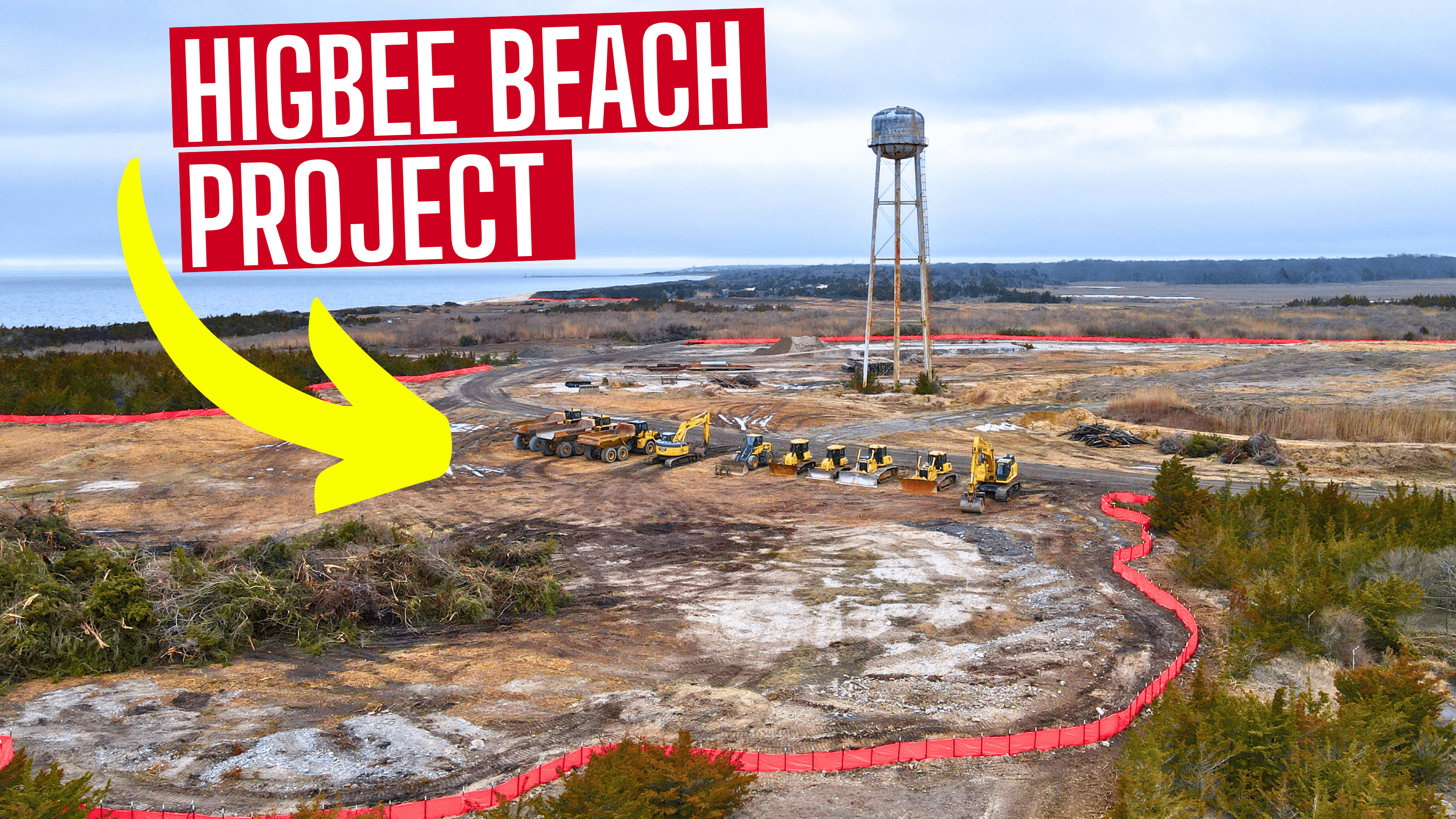
Cape May Higbee Beach Wildlife Restoration Project EXPLAINED
Recently, the Wildwood Video Archive visited the site to capture footage and document its progress. You can watch their video at the bottom of this article for a closer look at the ongoing work.
The Higbee Beach Wildlife Management Area is currently the centerpiece of an extensive restoration effort aimed at revitalizing the once-thriving Pond Creek marsh.
This ambitious project, led by the New Jersey Department of Environmental Protection, seeks to reverse over a century of ecological disruption and rejuvenate the region’s wetlands and upland maritime habitats.
A Glimpse into the Past
In the early 1900s, human intervention severed Pond Creek marsh from its natural tidal influences, leading to significant ecological changes.
The landscape was further altered by sand mining operations from a former magnesite plant, resulting in the degradation and loss of valuable wetlands.
These actions left a lasting impact, compromising the area’s ecological integrity and reducing its capacity to support diverse wildlife.
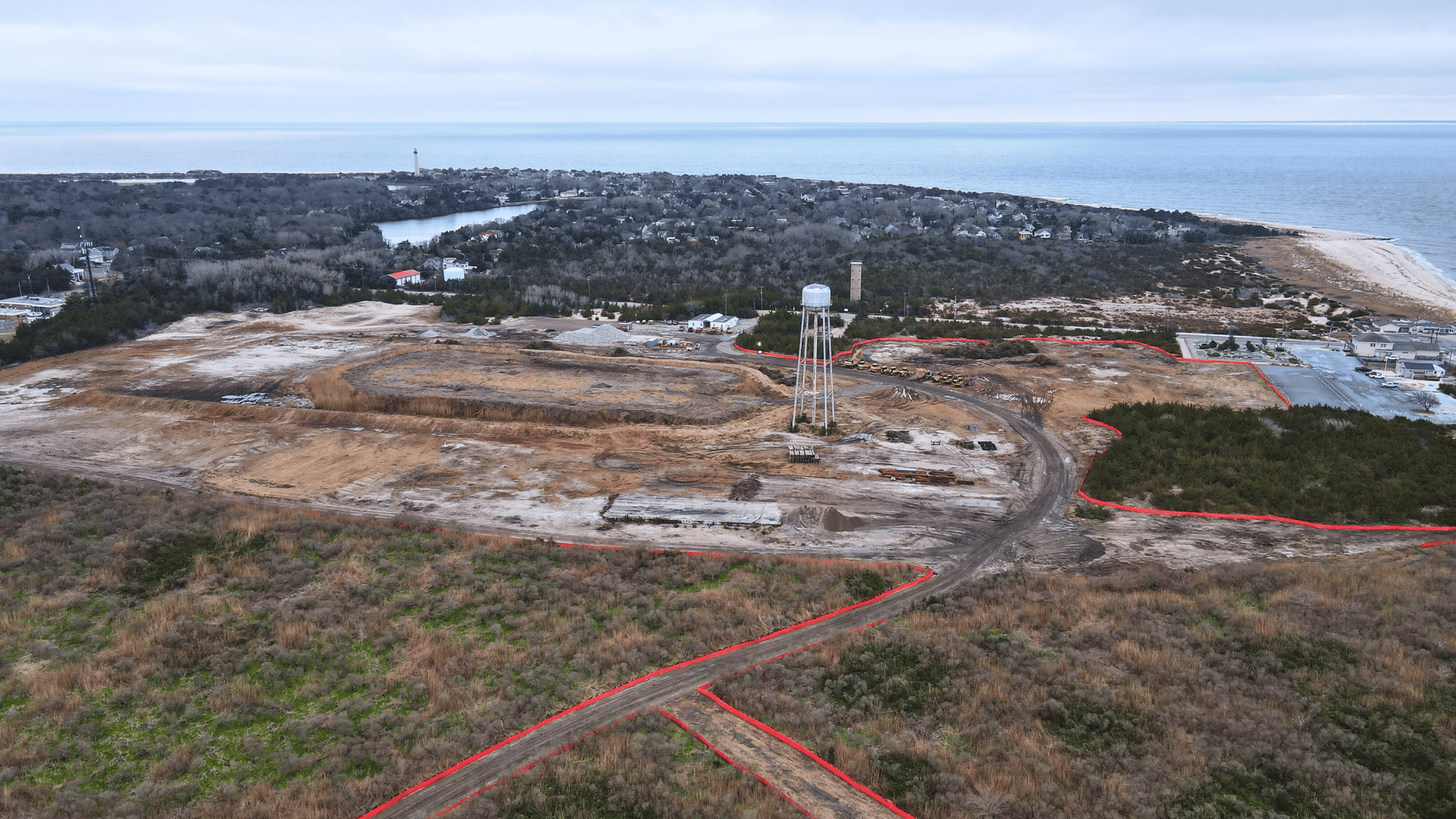
The multi-phased Pond Creek Restoration Project is a testament to the commitment of the New Jersey Department of Environmental Protection to restore and enhance over 400 acres of critical habitat.
Key objectives of the project include re-establishing tidal water flow to significant portions of Pond Creek marsh, mitigating flood risks in the upper watershed and eastern freshwater marsh areas, and enabling effective habitat management in the northern marsh region.
There had been much debate on if the waters inside this area should be freshwater or saltwater. In our YouTube comment section, let us know, do you think this should be saltwater or fresh water.
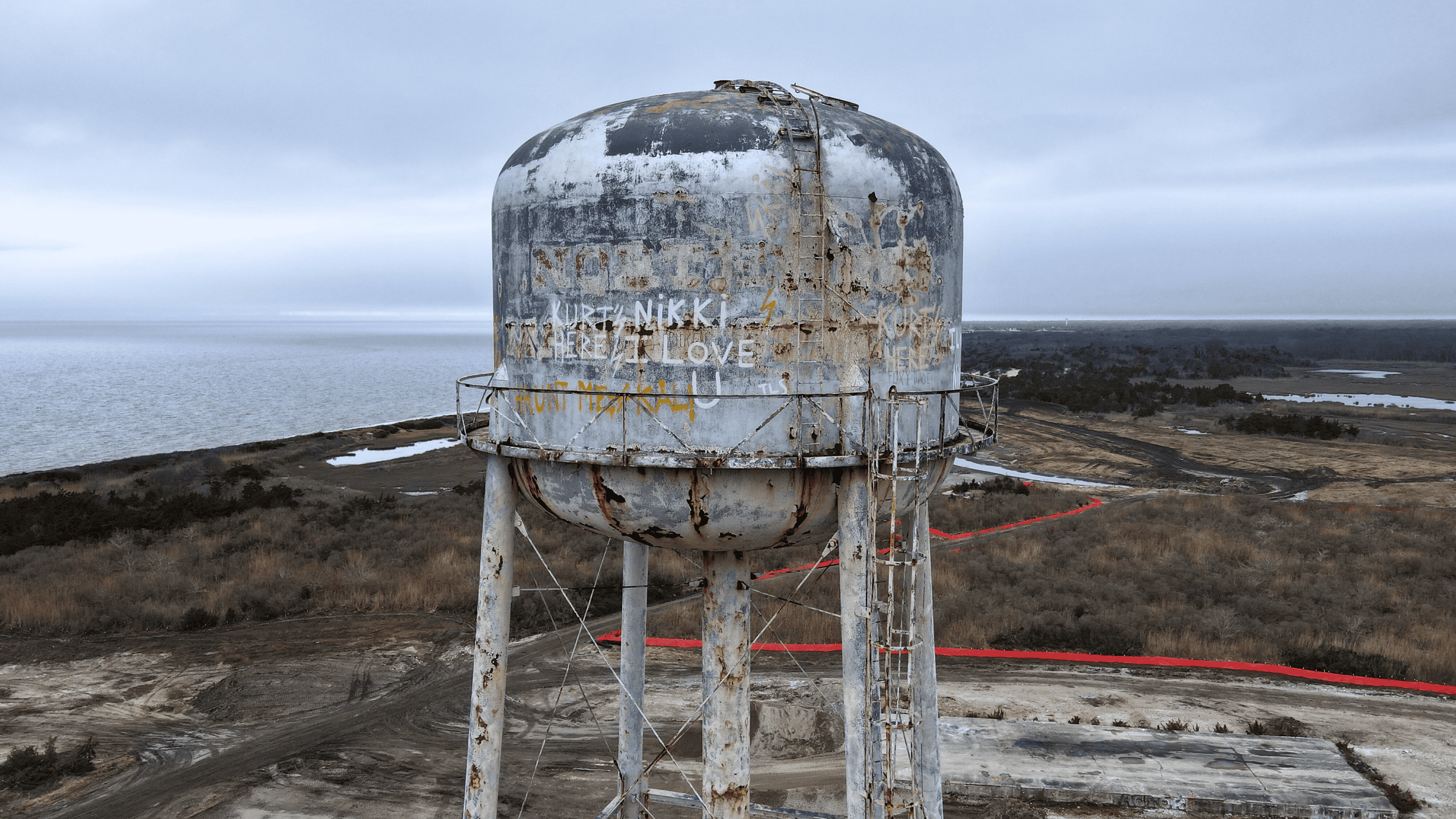
One of the project’s most vital goals is to bolster the habitat for migratory birds, fish, and a host of threatened and endangered species.
Cape May, situated along the Atlantic Flyway, serves as an essential stopover for these species each fall.
By restoring the natural dynamics of Pond Creek marsh, the project aims to create a thriving sanctuary that supports the diverse needs of wildlife dependent on this critical migratory route.
Also See: FIRST LOOK – Stowaways Restaurant at Cape May Ferry Terminal
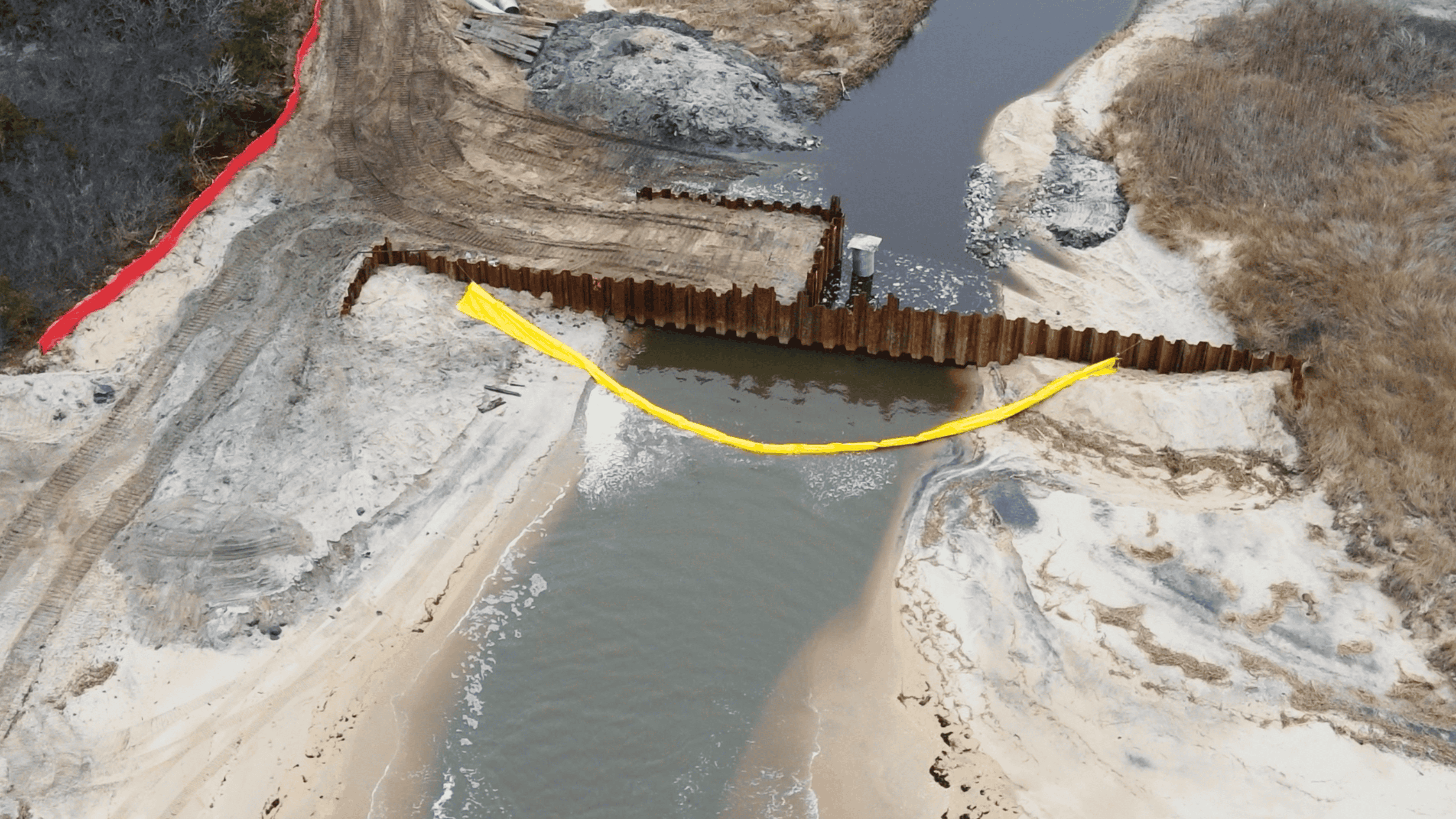
In addition to its ecological benefits, the Pond Creek Restoration Project places a strong emphasis on public engagement and education.
Plans include the installation of wildlife viewing blinds, boardwalks that offer unique perspectives within the marsh, an expanded trail network, and interpretive signs that narrate the rich history and ongoing restoration efforts of the site.
These facilities are designed to foster a deeper appreciation and understanding of the area’s natural and cultural heritage.
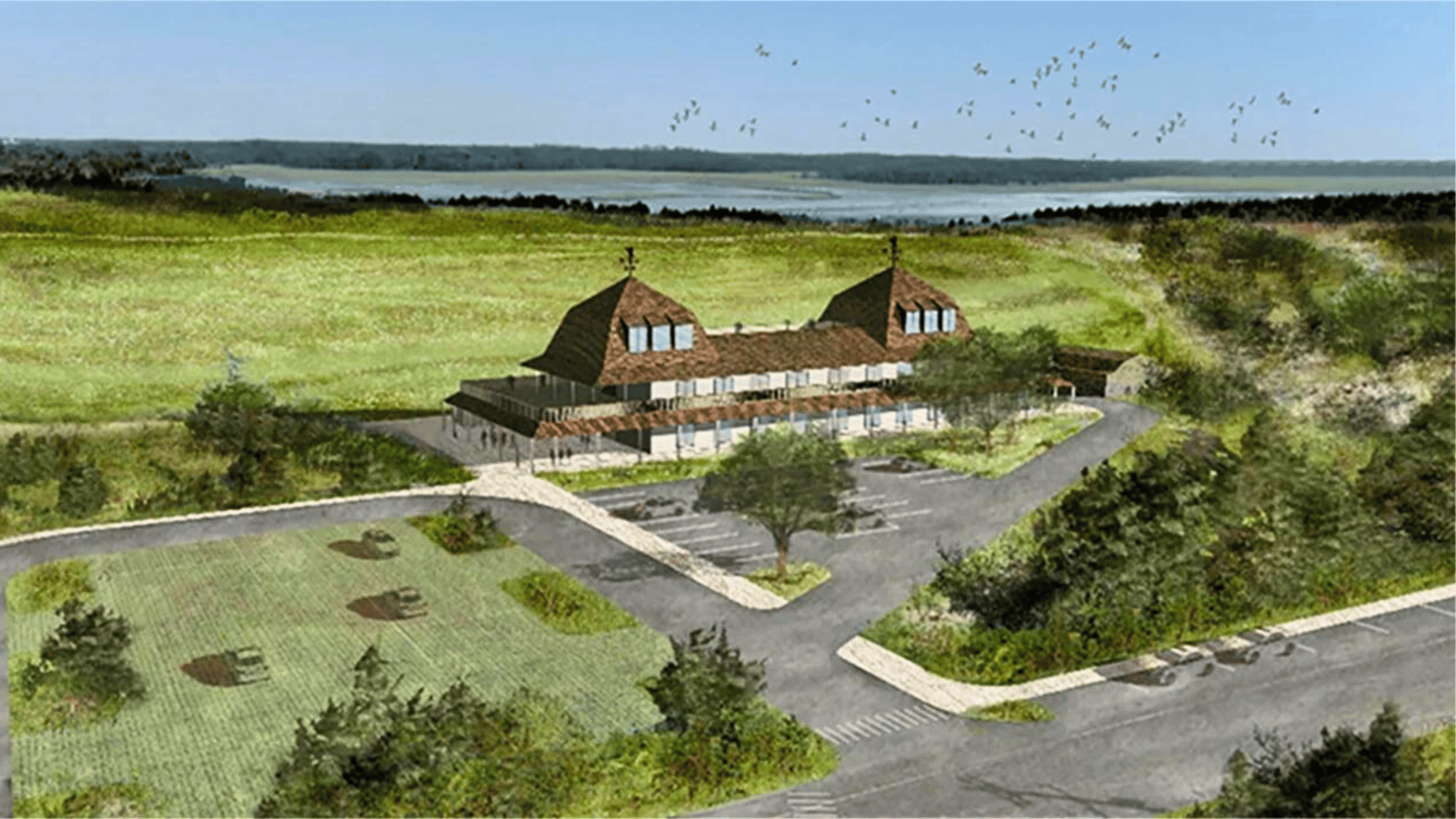
As the project progresses, a future interpretive and educational facility is envisioned to provide even more opportunities for learning and community engagement.
Situated within this ecologically significant landscape, the facility will serve as a hub for educational programs and interactive experiences, enriching the public’s connection to the environment.
Temporary Closures for Lasting Impact
To ensure the success of the restoration efforts, the area has been closed since January 29, 2024, and is expected to remain closed until December 2026.
This temporary closure is a crucial step in allowing the ecosystem to recover and flourish, paving the way for a resilient and vibrant natural habitat.
Stay tuned for more updates on this project and other exciting developments by subscribing to our YouTube channel, Wildwood Video Archive. (we are only 6,700 away from 100,000 subscribers)
